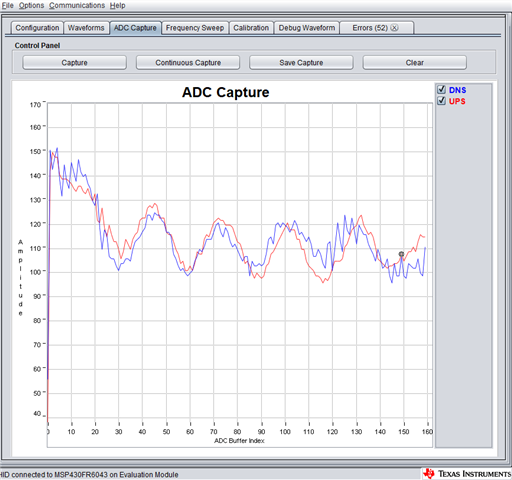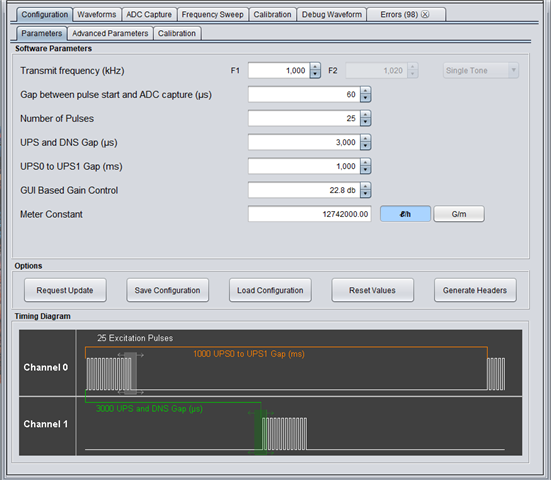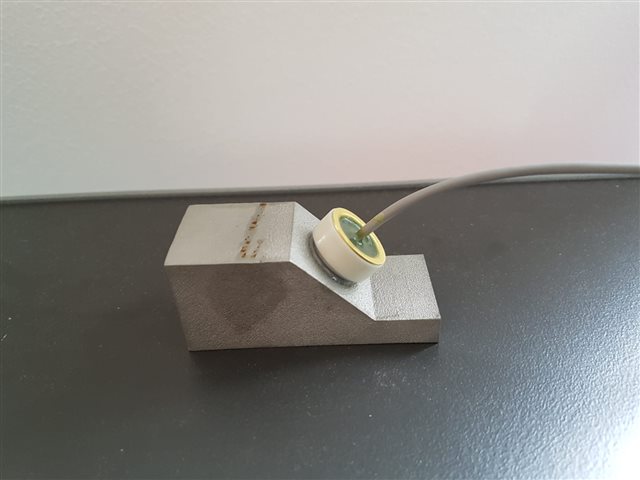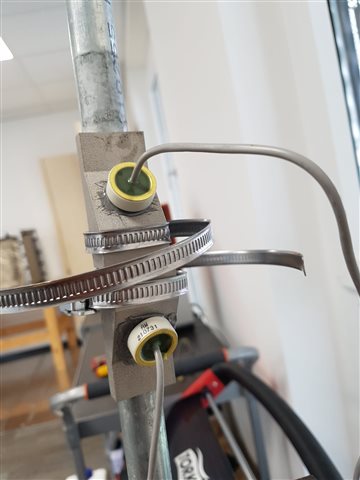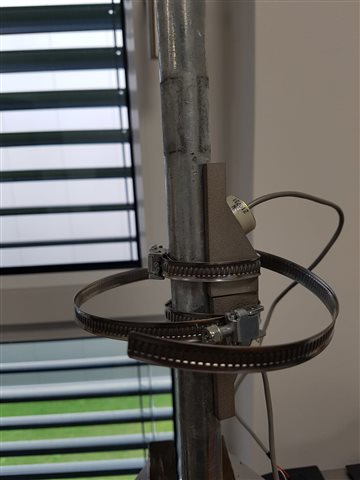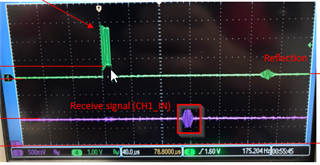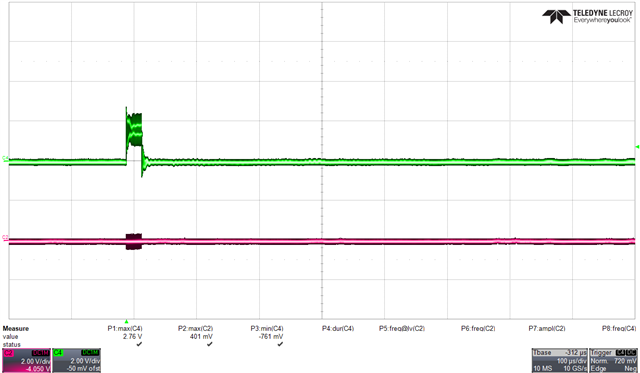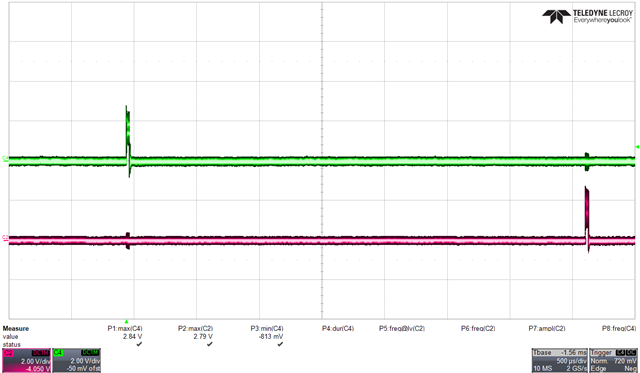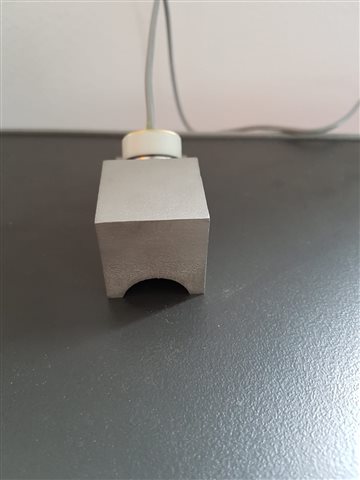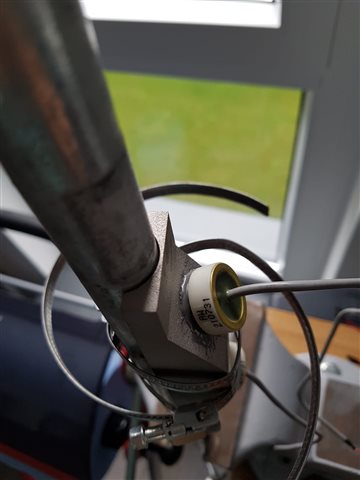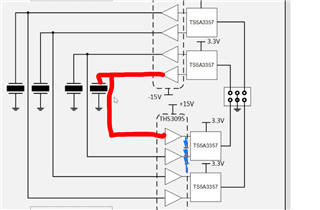Other Parts Discussed in Thread: EVM430-FR6047, , TIDA-01486
Hello,
I am struggling to get good ADC capture at zero flow measurement. Our application is to do non-intrusive and non-invasive water flow measurement on metal pipe. Initially we have tried to use EVM430-FR6047 but had no success to get good ADC capture. In this forum https://e2e.ti.com/support/microcontrollers/msp-low-power-microcontrollers-group/msp430/f/msp-low-power-microcontroller-forum/818315/evm430-fr6047-ultrasonic-design-center-calibrating-clamped-on-transducers-to-work-with-metal-pipe one of you colleague recommended to use EVM430-FR6043 because of amplification feature on receiving signal but still we are not getting ADC capture.
We have already modified hardware of the EVM to do flow measurement, 1MHz piezo transducer is glued with 3D printed coupler which is attached one the pipe. We have installed piezo next to each other and sound wave travel in a V-shape into the metal pipe. Pipe is full of water without any air bubble.
As I can see TX pulses train on oscilloscope but due to very low signal can not see receiving signal. According to you colleague, EVM430-FR6043 has an amplification feature, could you please let us know is there any way to increase the receiving signal via GUI?
Have you done flow measurement on metal pipe?


